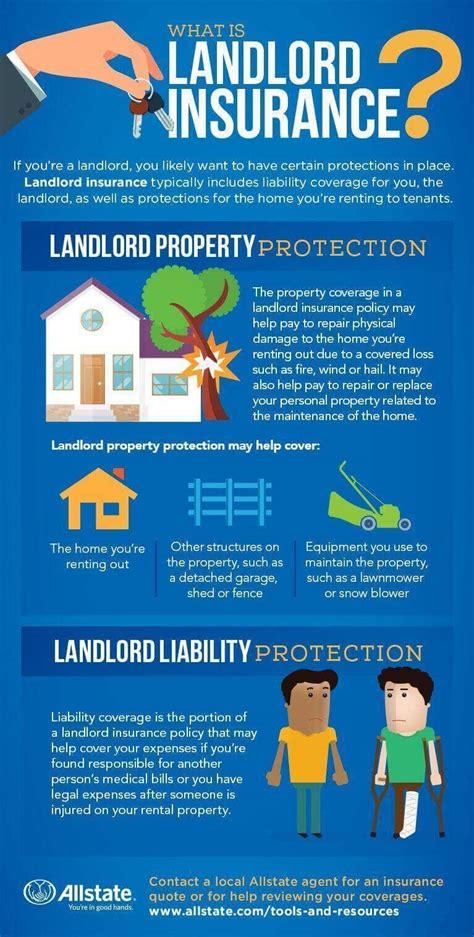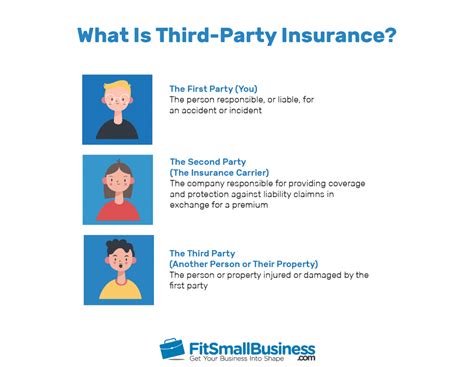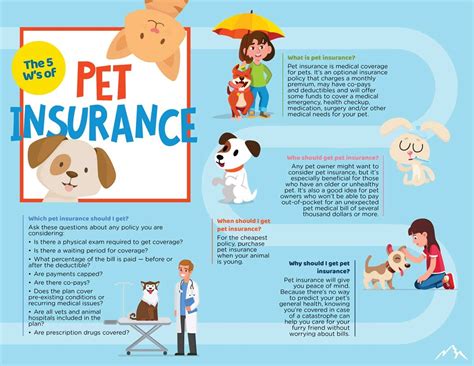Learn how parametric insurance works, its benefits, challenges, and real-life examples. Understand how this innovative insurance solution can protect your business effectively.
Understanding Parametric Insurance
Contents
Parametric insurance is a type of insurance that pays out a predetermined amount of money when certain triggering events occur, without the need for proof of actual loss. Unlike traditional insurance, which requires a lengthy claims process and extensive documentation, parametric insurance offers a quick and efficient way to receive compensation.
With parametric insurance, the payout is based on predefined parameters such as a specific level of rainfall, wind speed, or earthquake magnitude. When these parameters are met, the policyholder receives a payout, regardless of the actual damage experienced. This can be particularly beneficial for businesses or individuals in high-risk areas, where traditional insurance may be more difficult to obtain or prohibitively expensive.
One of the key features of parametric insurance is the transparency of the payout calculation. Since the triggering events and payout parameters are clearly defined in the policy, there is no ambiguity or dispute over the amount of compensation. This can provide peace of mind to policyholders, knowing that they will receive a predetermined payout in the event of a qualifying event.
Parametric insurance is also designed to provide a rapid response in the aftermath of a triggering event, allowing policyholders to quickly access the funds they need to recover and rebuild. This can be especially valuable in situations where time is of the essence, such as natural disasters or other catastrophic events.
How Parametric Insurance Works
Parametric insurance is a type of insurance that pays out a set amount of money based on a predetermined parameter, such as a natural disaster or other specific event. Unlike traditional insurance, which reimburses actual losses, parametric insurance pays out based on the occurrence of a defined trigger event, regardless of the actual loss incurred.
When an insured event occurs, the payout is calculated based on the predefined parameters. This can include the intensity of a natural disaster, such as a hurricane or earthquake, or the occurrence of a specified event, such as a certain level of rainfall or temperature.
One of the key aspects of parametric insurance is that it offers a quick and efficient payout process. Since the payout is based on objective and verifiable data rather than the subjective assessment of individual claims, the process is streamlined and the time taken to receive the payout is significantly reduced.
Parametric insurance works by utilizing data from independent third-party sources, such as meteorological agencies or government monitoring stations, to determine when trigger events have occurred. This helps to eliminate disputes and delays in the payout process, making it a desirable option for businesses and individuals looking for rapid financial assistance in the event of a disaster.
Benefits of Parametric Insurance
Parametric insurance offers benefits that traditional insurance policies cannot match. One of the main advantages is the speed at which policyholders can receive their payouts. Unlike traditional insurance, parametric insurance does not require lengthy claims processing and evaluations. Instead, payouts are based on pre-defined triggers, such as the occurrence of a specific event or reaching a certain threshold. This allows for quick and efficient payouts, which can be critical in the aftermath of a disaster or other covered event.
Additionally, parametric insurance can provide coverage in areas where traditional insurance is not readily available. This can be especially beneficial for businesses and individuals in high-risk or underinsured areas. By utilizing parametric insurance, policyholders can obtain coverage for events that were previously uninsurable, providing them with a much-needed financial safety net.
Another benefit of parametric insurance is greater transparency and certainty in the claims process. Since payouts are based on clearly defined triggers, there is less room for dispute or interpretation. This can lead to a smoother and more predictable claims experience for policyholders, reducing the uncertainty and stress often associated with traditional insurance claims.
Furthermore, parametric insurance can help mitigate the financial impact of unpredictable events. By providing quick and reliable payouts, policyholders can better manage the costs associated with recovery and rebuilding efforts. This can be particularly valuable for businesses, governments, and individuals looking to minimize the economic fallout of a disaster or other covered incident.
Challenges of Parametric Insurance
One of the main challenges of parametric insurance is the difficulty in accurately defining and measuring the specific trigger events that will activate the policy. Unlike traditional insurance, which is based on actual losses, parametric insurance payouts are based on predefined parameters such as wind speed, earthquake magnitude, or rainfall levels.
This can lead to disputes between the insured and the insurer over whether the trigger event actually occurred, especially in cases where the event is difficult to measure or verify. Additionally, because parametric insurance is based on specific triggers, it may not cover all the losses incurred by the insured in the event of a disaster or other covered occurrence.
Another challenge is the limited availability of data to accurately model and predict the impact of certain events. This can lead to uncertainty in the payout amount and may result in under or over-compensation for the insured party. Furthermore, as parametric insurance relies heavily on technology and data analytics, there is a risk of errors in the data or models used to determine payouts.
Finally, the relatively unfamiliar nature of parametric insurance in comparison to traditional insurance products presents a challenge in terms of educating consumers and convincing them of the value proposition. Many potential clients may be hesitant to adopt parametric insurance due to its perceived complexity and lack of familiarity.
Examples of Parametric Insurance in Action
Parametric insurance is a relatively new concept in the insurance industry, but it has already proven to be incredibly effective in providing quick and efficient payouts to policyholders. One of the key benefits of parametric insurance is that it is designed to pay out quickly and efficiently, providing policyholders with the financial support they need in the event of a covered loss.
One example of parametric insurance in action is in the agricultural sector. Farmers are particularly vulnerable to the impacts of adverse weather conditions, which can lead to significant crop losses. Parametric insurance can be used to provide compensation to farmers in the event of a drought, flood, or other weather-related event that causes damage to their crops.
Another example of parametric insurance in action is in the tourism industry. Many businesses in the tourism sector rely on a steady flow of visitors to generate revenue, and they can suffer significant financial losses in the event of a natural disaster or other unforeseen event that disrupts travel. Parametric insurance can be used to provide compensation to these businesses in the event of a drop in visitor numbers due to a covered event.
Parametric insurance can also be used in the event of a natural disaster, such as an earthquake or hurricane. In these situations, parametric insurance can be used to provide quick payouts to affected individuals and businesses, allowing them to start the recovery process without the lengthy delays that can be associated with traditional insurance claims.












